Women have always had to go that extra yard to earn their rights: Preranaa Khatri
We, at Adgully, have always saluted and honoured women managers and leaders across diverse fields. W-SUITE is a special initiative from Adgully that has been turning the spotlight on some of the most remarkable women achievers in M&E, Advertising & Marketing, PR & Communication industry. In the refurbished series, we seek to find out how women leaders have been managing their teams and work as well as how they have been navigating through the toughest and most challenging times brought about by the global pandemic.
In conversation with Adgully, Preranaa Khatri, Vice President - Brand Solutions (Content), Only Much Louder (OML), speaks about maintaining work-life balance in the new normal, why women leaders are better at handling crises, gender sensitivity and inclusion in today’s times, and more.
How do you think the role and scope of women leaders has widened in the post-pandemic world?
I would like to believe there has been no major change in the scope and role of women leaders. I think the pandemic has taught us all to be a lot more present and grateful, qualities I feel are great virtues for all leaders to have, irrespective of their gender.
The rapid transition to digital, an uncertain economic landscape, charting unknown waters, working from home – how have you been navigating during the COVID-19 times? How are you maintaining work-life balance in the new normal?
The key is to learn quickly and move on from your mistakes. These have been new times for everyone and we are bound to make mistakes. My belief is that finding a solution to a problem is more important than overthinking about it.
Everyone is going through a lot, so I think having honest and open communication – both with team members and external clients – has been very crucial during this time.
The boundaries between professional and personal life have blurred immensely, and I think that has been a constant struggle for me and a lot of people I know. So, maintaining a work-life balance is crucial for everyone to continue working effectively, especially in our industry where work pressures and stress are quite common.
For me, I try to take timeouts at home and listen to podcasts, or watch TV shows to unwind and give myself mid-work breaks. Playing with my dog at home is also a great way to get my mood up!
Multiple studies have shown how women leaders performed better during the COVID-19 crisis. According to you, what makes women the best in crisis management?
I think traditionally, women have always had to go that extra yard to earn their rights. We are conditioned to have to fight to claim our spots (I acknowledge my position of privilege when I say this). I feel (in general) women also are more empathetic and have a natural resilience to manage home and work, which was new for many people during Covid.
In times of crisis, being able to manage multiple conflicting opinions and being able to find innovative solutions is something that comes natural to us.
Gender sensitivity and inclusion in the new normal – how can organisations effectively encourage and groom women leaders in challenging times?
I think the key is for organisations and the management to really be invested in addressing the issue, rather than just including sensitivity as a check-mark for their governance practices. This is one thing that I feel proud of being part of OML for, given that there is a genuine desire to address these issues and educate the larger workforce about.
Additionally, I think it is equally important for such encouragement to be part of everyday culture at any organisation, rather than it being restricted to some workshops/ seminars a year.
I also feel we need to do more to better educate and inform the men in our organisations about the importance of and the intricacies of inclusion and gender sensitivity, and also acknowledge and be understanding of their conditioning, which could be a huge factor that needs unlearning.
How are Influencers playing a part in engagement with the audience?
I think the pandemic really brought with it a huge opportunity for influencers and content creators to experiment, innovate and bring out new ideas for their audiences to consume. People were largely confined to their homes and the consumption of digital content increased exponentially.
It provided a challenge for creators to create content from home, which could be relatable and enjoyable to audiences. In some ways, they also had an opportunity to create content through which audiences could (at least momentarily) forget about all the problems in their lives and around them, which I feel was a huge responsibility.
Audiences were looking for quality and engaging snackable content and the influencers who were able to do that really took off during the pandemic. For instance, the work by someone like Aishwarya Mohanraj and Suhani Shah or even Aadar Malik and Kumar Varun, who came up with an online quizzing format, all saw great traction for audiences, and by extension, by brands over the past two years.
While Bollywood, cricket, etc., have always been aspirational and perceptually out of reach, the influencers bring a sense of relatability because they’re perceived as your regular, everyday folks whose problems we all can relate with.



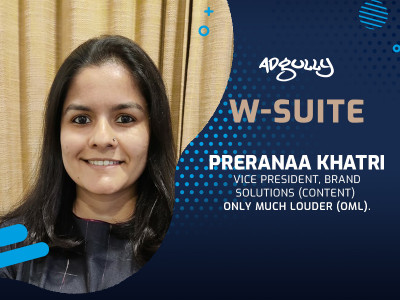
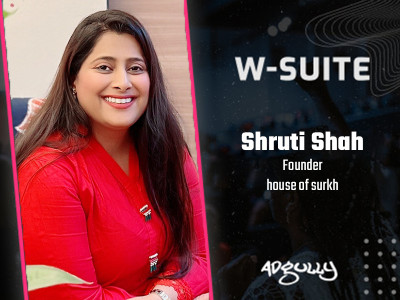
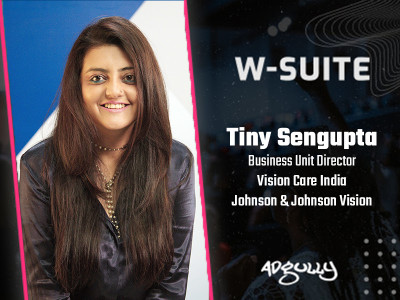
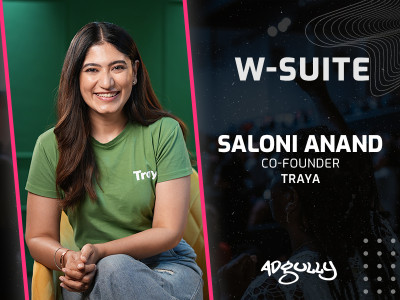
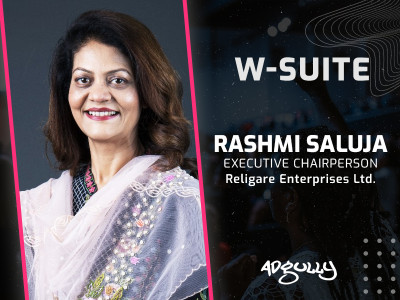
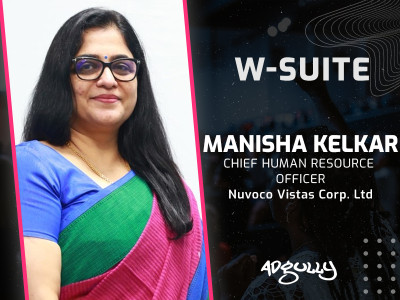
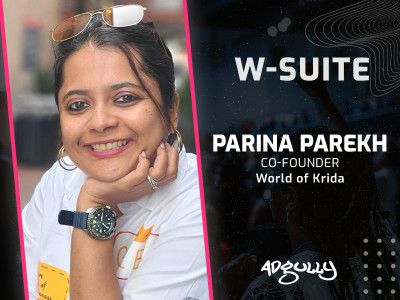
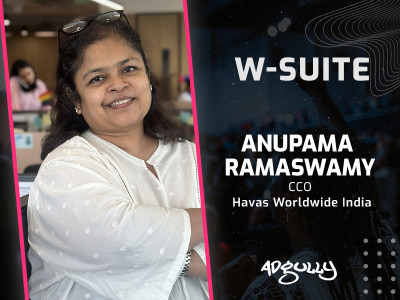
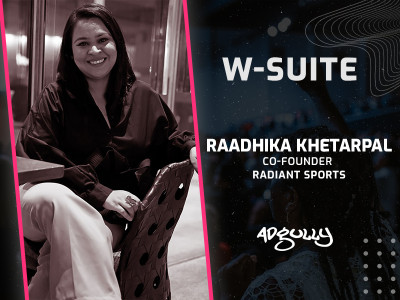
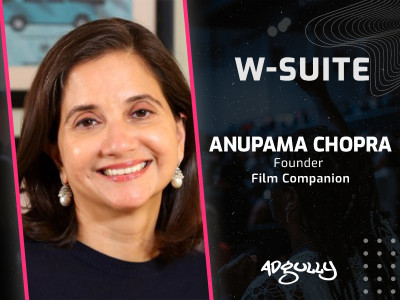
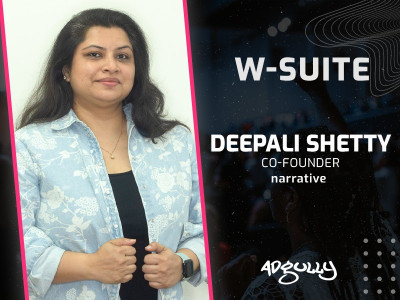
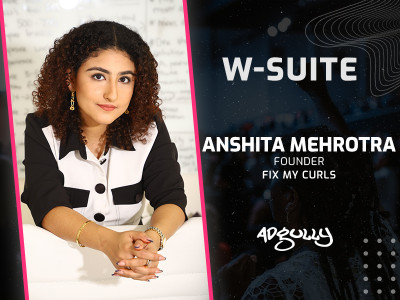



Share
Facebook
YouTube
Tweet
Twitter
LinkedIn